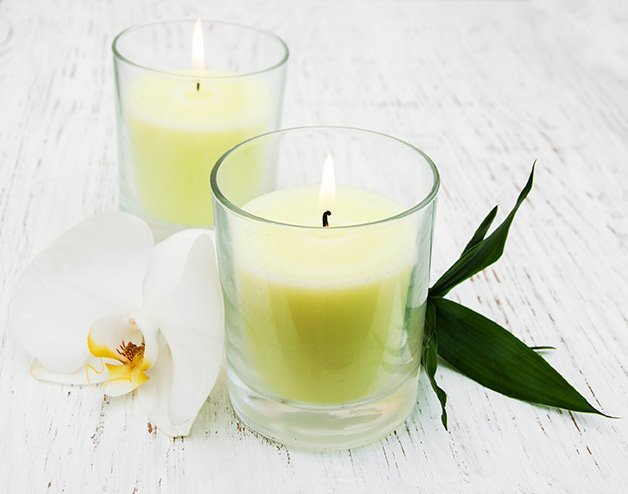When Did Abnormal Become the New Normal?

Taking another look at the effects of Endocrine Disrupters and where they are found

Since we are bombarded with Endocrine Disrupters, the effects are so common that they are now "normal". It's time to make a new "normal".
At the age of 12, I started experiencing PMS symptoms. By thirteen, my parents would say I was crazy, and I would have to agree. I was anxious and thought my entire life was a disaster. If they looked at me wrong (or at all), I was convinced they hated me. No jokes were allowed, and if they told me they loved me or spoke to me period, I would break down, screaming and crying that they didn't love me at all. It was an irrational and unhappy time in our household. (Sorry Mom).
What most might deem as "normal" teenage behavior, thankfully my parents did not and sought out a way to change it. With research, my mom (owner and founder of RTKC) discovered that many of the chemicals, cleaning products, and personal care products that we use on a daily basis interfere with our endocrine system (click here for more info) and cause a lot of the disorders and symptoms that we seen as "normal" today or just treat with medications. We discussed a couple of those endocrine disruptors in an earlier blog and will discuss a few more in this one.
BPA
When doing a quick Google search on endocrine disruptors, Bisphenol-A (more commonly known as BPA) shows up first in nearly every search result. BPA is used in many plastic containers, especially food storage, baby bottles, and water bottles. It can also be found in dental sealants, food cans, and water supply lines. This endocrine disruptor has been found to cause adverse health effects on the brain and prostate gland of fetuses, infants, and children and has been linked to breast and prostate cancer. It has also been linked to cardiovascular disease, type 2 diabetes, and increased blood pressure. Additionally, BPA can affect the behavior of children and increase behavioral problems. They may be more defiant, depressed, anxious, or aggressive.
Steps have been taken to reduce BPA in many of our plastic containers and generally they are marked as "BPA-free". This can make it easier to avoid BPA-containing products. However, many of these BPA-free products contain BPA "substitutes" that have not been researched. Optimal alternatives would be to use glass or stainless steel storage containers and water bottles to avoid this endocrine disruptor.
Fragrances
Fragrance is an extremely common endocrine disruptor. However, it is not a single chemical. Over 4,000 chemicals are used to create "fragrances" in products and none of them are listed on the product because they are considered "secret formulas" or "trade secrets". As many as 300 chemicals can be used in a single product that has "fragrance" listed as an ingredient. These chemicals are so small that they can pass the blood-brain barrier and directly affect the brain and get into the blood stream. Any product that has "fragrance" as an ingredient can cause a large number of problems. Some extreme harmful effects of fragrances include cancer, infertility, birth defects, such as autism, allergic reactions, diabetes, asthma, and migraines. Some less severe but just as harmful effects include headaches, fatigue, acne, dizziness, nausea, irregular menstruation, obesity, and seasonal allergies.
Recently I was looking to purchase hair gels. I found some labeled "free from parabens, sulfates, phathlate free, silicone free, gluten free, etc. BUT....not fragrance free. Using my muscle testing on 7 people, this product tested negative to everyone.
Thankfully, there are fragrance alternatives. You do not have to just give up your favorite smells. Young Living's essential oils are a great alternative to perfumes, candles, personal care products, and cleaning products. There are other, more natural options that may work for some, but keep in mind that not all "natural" products are regulated. Young Living has a "seed to seal" promise- meaning there will never be any harmful chemicals in their products. Keep watching us on Facebook and other blogs for tips and tricks for ditching the harmful chemicals and switching to safer alternatives.



